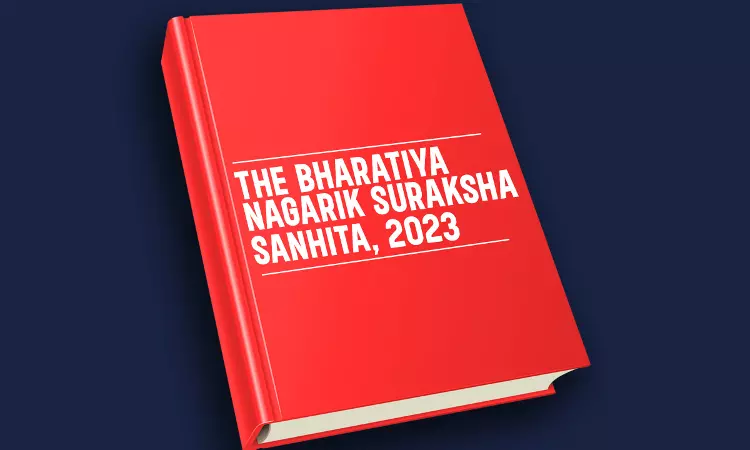The Code of Criminal Procedure has been replaced by the Bhartiya Nagrik Suraksha Sanhita, 2023 (BNSS), marking a significant change in criminal procedure practices. A significant alteration is the inclusion of clauses permitting the use of “audio-visual electronic means” for evidence recording, highlighting the importance of technology in improving crime scene investigations and legal proceedings.
KEY PROVISIONS:
- The BNSS has defined “audio-visual electronic means” as communication equipment that are used for electronic communication transmission, video conferencing, recording identification processes, and search and seizure activities.
- Section 105 requires that all search and seizure activities be audio-video recorded, and that the recordings be sent right away to the appropriate authorities.
- Provocatively, audio-visual recording of confessions and utterances made before a magistrate is not required by law. But it provides the choice, especially for those with physical or mental disabilities.
- Forensic evidence collection at crime scenes is required to be videotaped under Section 176(3) of the law for offenses carrying a maximum sentence of seven years in prison.
- Other Changes: Section 176 makes audio-video recording of testimonies made by victims of rape essential in police investigations.
- Police officers have the option to use audio-video technology to capture witness accounts, according to Section 180.
- Test Identification Parades may be recorded on audio or video under Section 54, especially for those with physical or mental disabilities.
- Section 251(2) establishes the use of audio-visual methods for communicating with the accused, including the explanation of accusations.
- Testimony in Court: Sections 254, 265 and 266 permit the use of audio-visual technological devices for witness examinations, testimony in court, and depositions of evidence.
- Examining the Accused by Video conference: Section 308 gives the authorities the authority to interview the accused electronically, particularly by using video and audio conference equipment at government-designated sites.
- Depositions by Public Employees: Section 336 permits public employees to be deposed by audio-visual methods.
Conclusion
In an effort to improve transparency and trial efficiency, the full incorporation of audio-visual technology within criminal processes under BNSS represents a major advancement in the modernization of the judicial system. The BNSS creates a standard to guide future legal frameworks worldwide as technology grows more and more important to law enforcement.
Written By: Nikita Shankar @nikitaashankar

